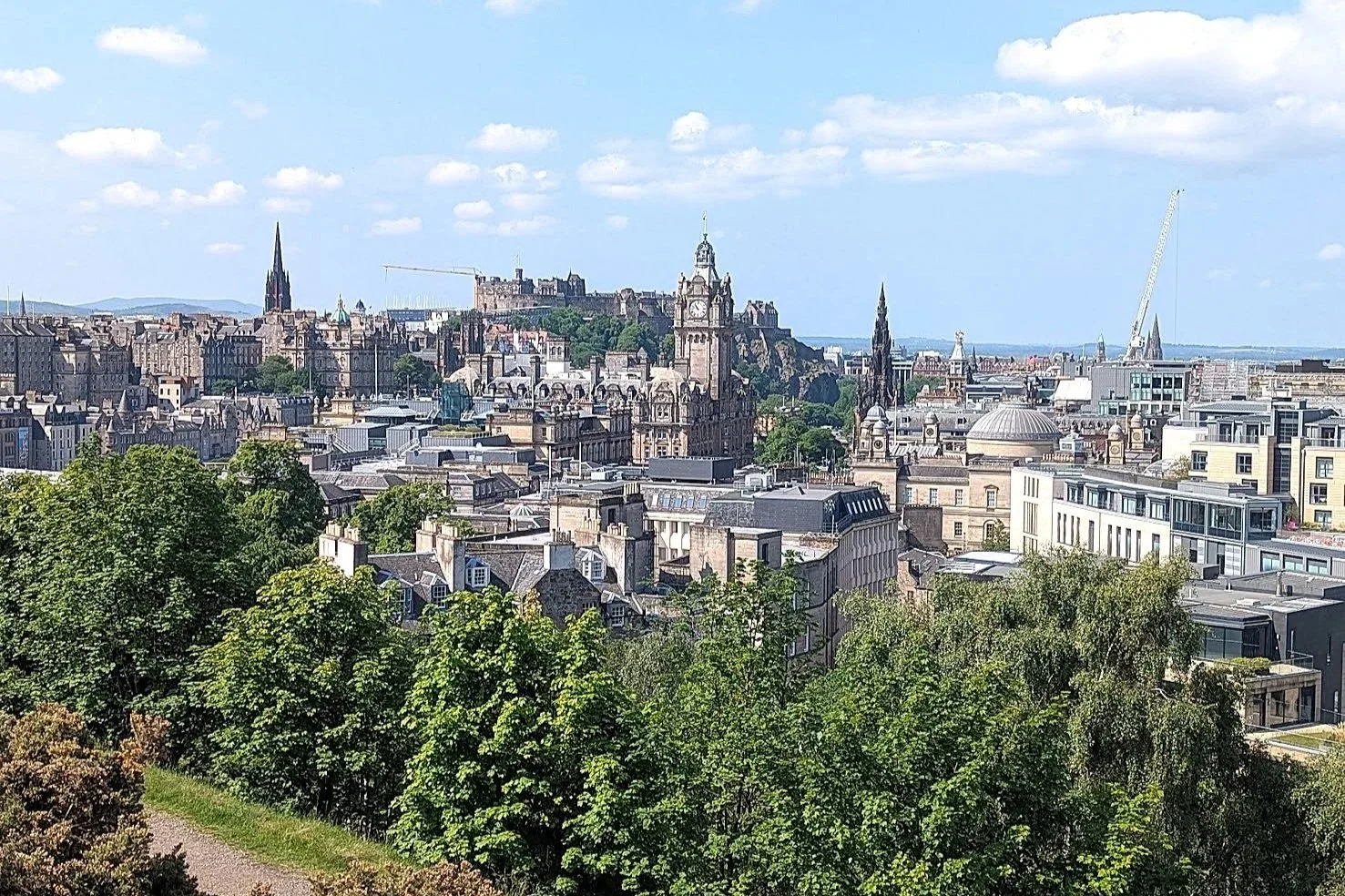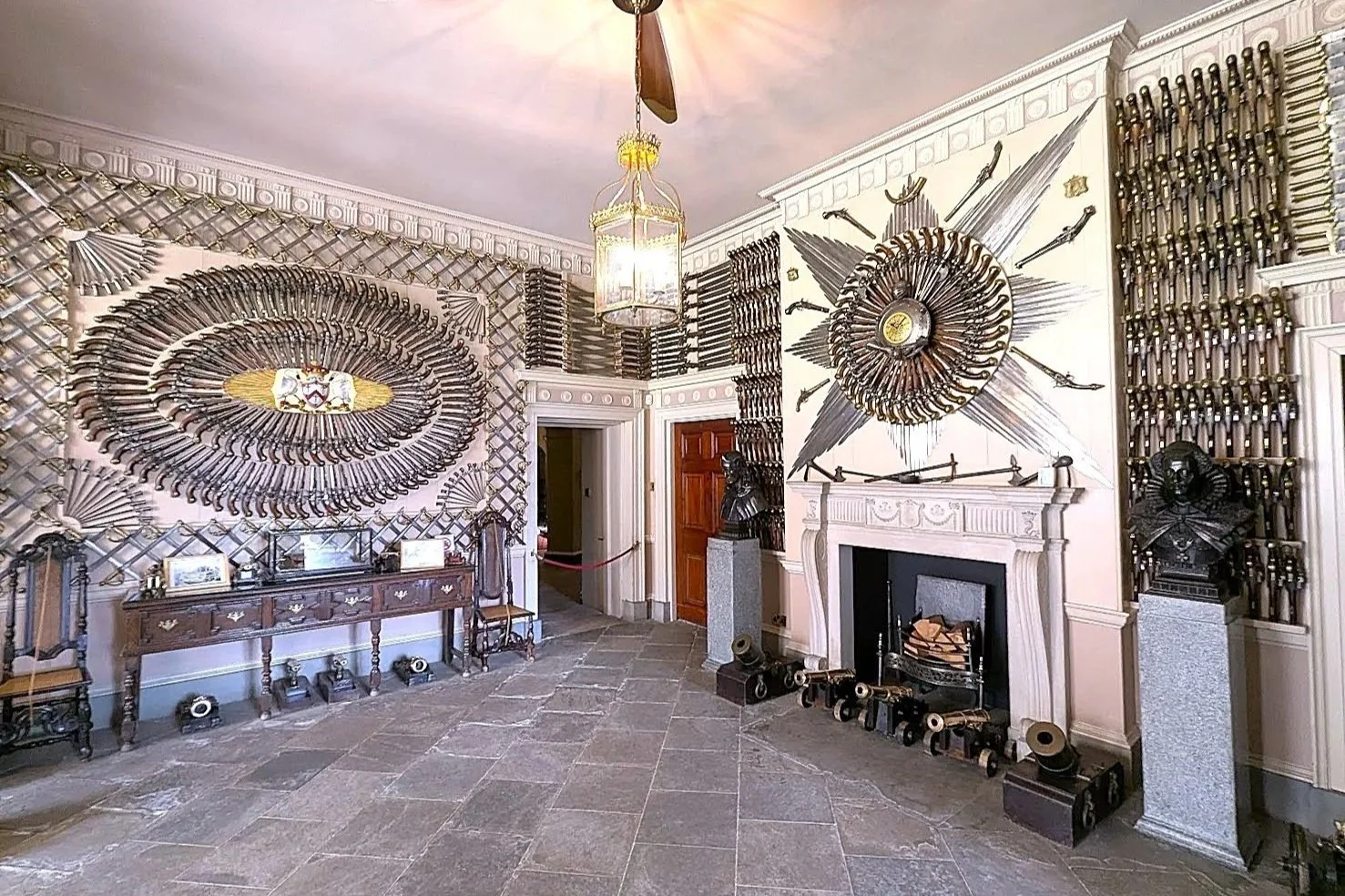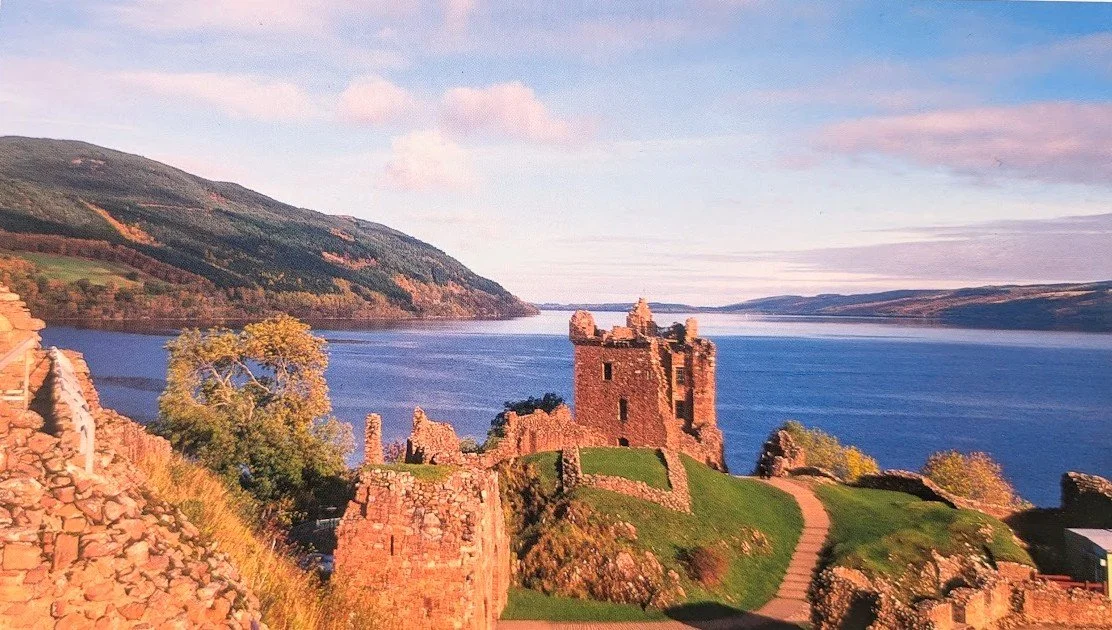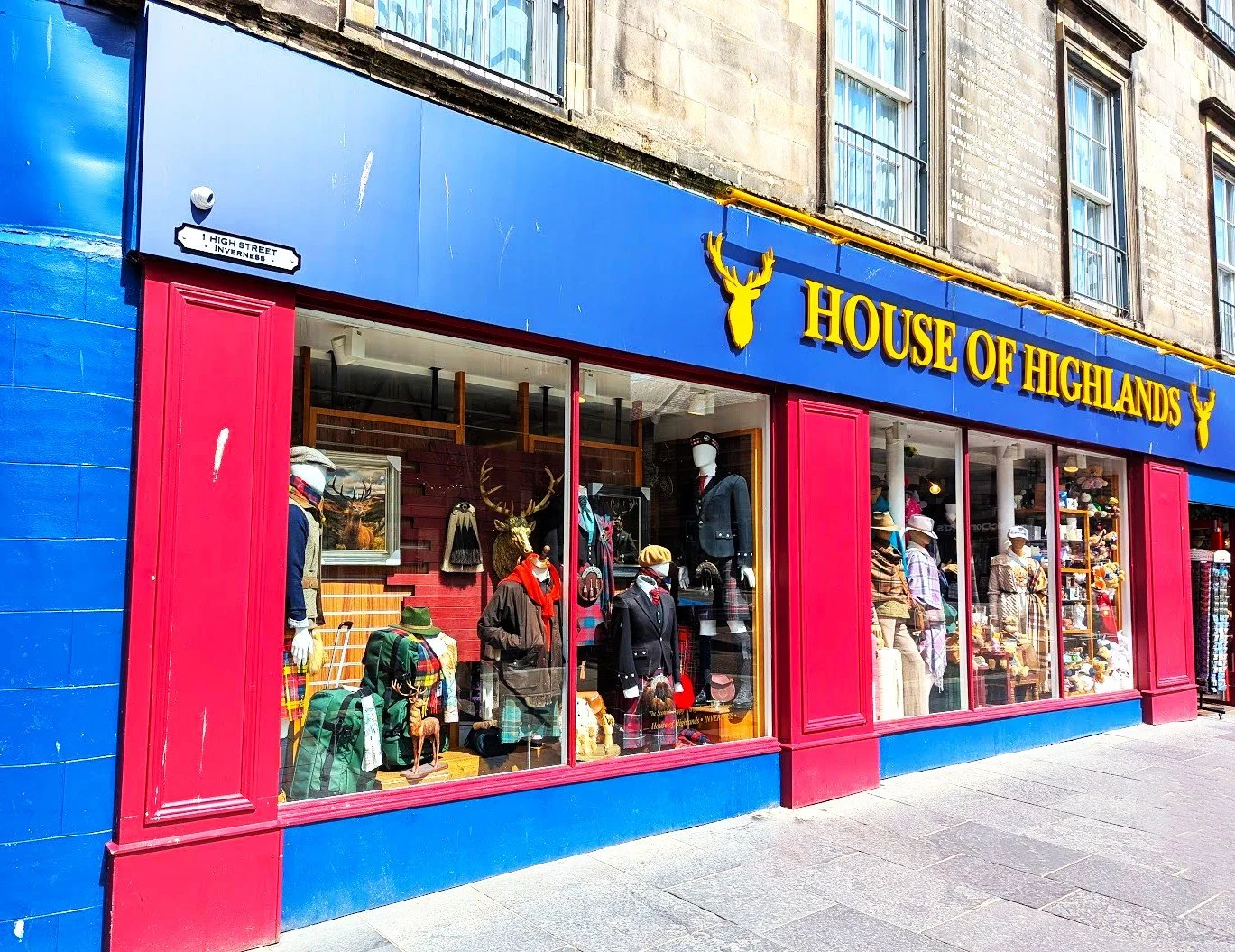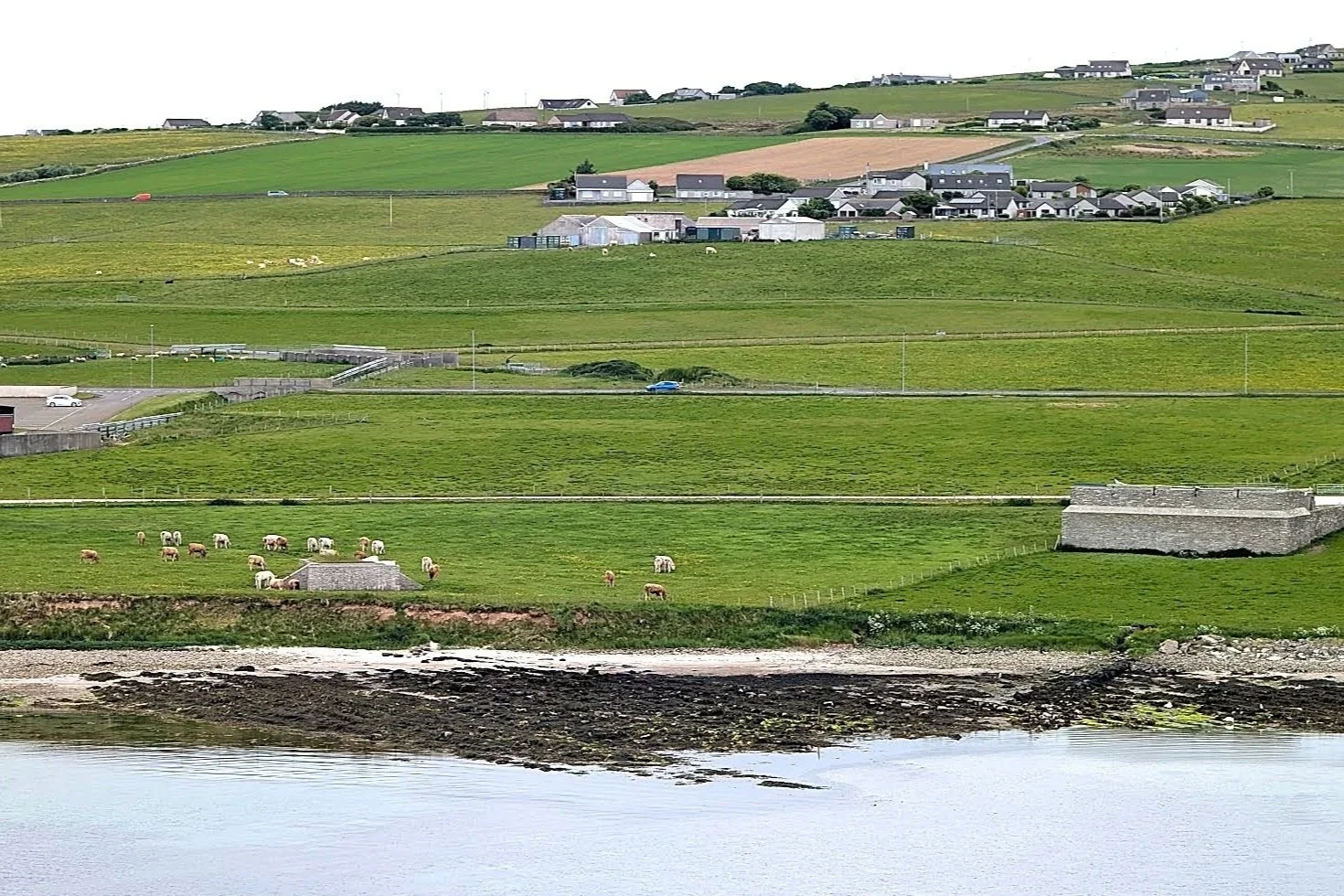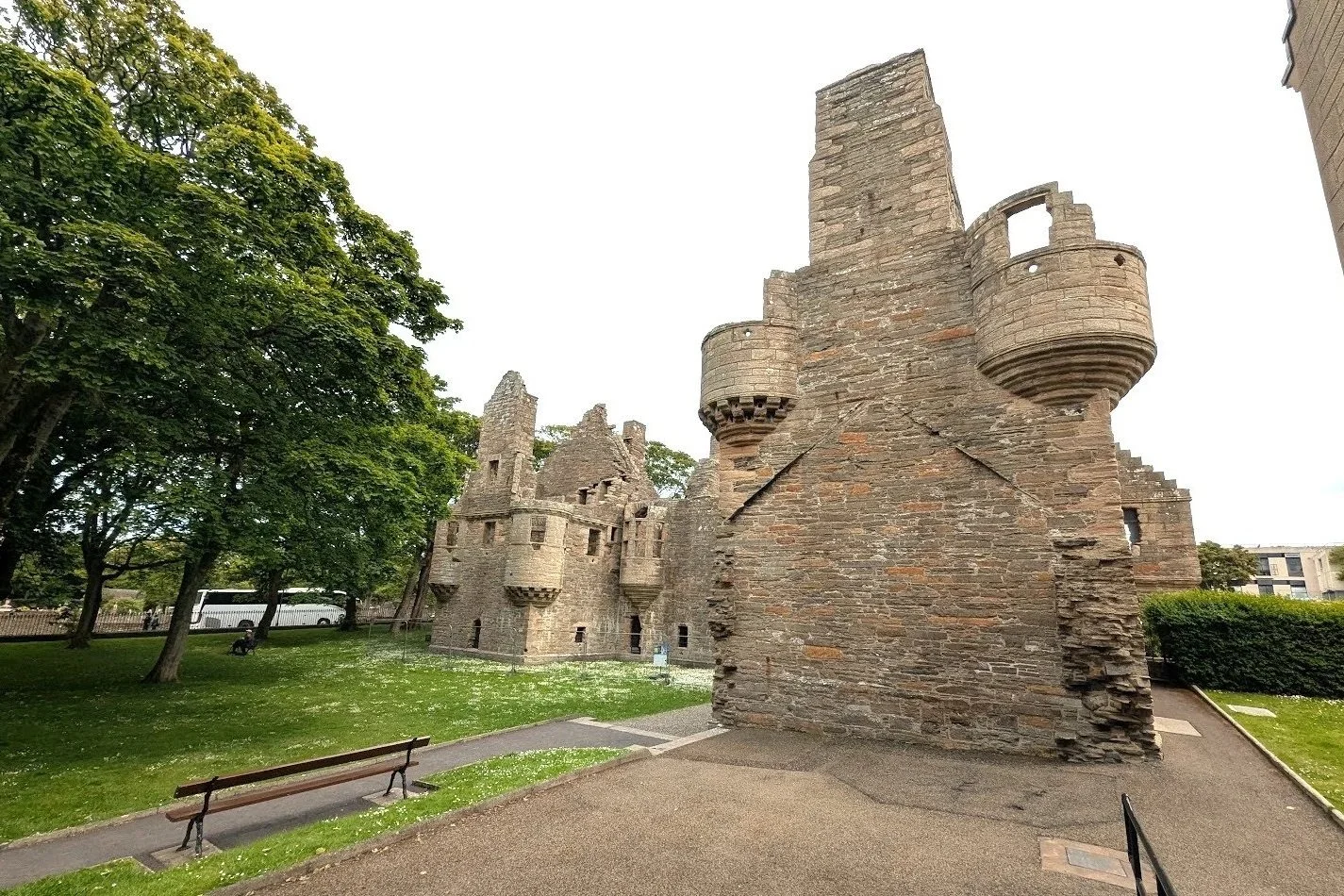Scotland’s Castles, Natural Beauty, Cultural Landmarks, and Proud People Create a Special Destination for Visitors – Scotland, United Kingdom
The people of Scotland have always struggled to preserve a separate identity. Ever since ancient times, the Picts, Celts, and Scots clans that settled in the Scottish Highlands resisted efforts by the Romans, the Vikings, and other groups to conquer the region. In addition, there were periodic rebellions by William Wallace, Robert the Bruce, and other leaders to maintain Scotland’s independence from the English Crown and to preserve Catholicism during the Reformation. Notwithstanding these efforts, the kingdoms of Scotland and England became formally united in 1707 when the Scottish Parliament was dissolved. Even in this century, however, a referendum to create greater independence from the United Kingdom was almost approved in 2014 and Scotland’s residents voted to remain part of the EEU in 2016 rather than follow the Brexit plan approved by a majority vote of the entire United Kingdom.
While little remains of Hadrian’s Wall that the Romans once used to fence off Scotland, the topography, dialect, and cultural practices of Scotland make it distinctly different but also less diverse than most other places in the United Kingdom. There are approximately 5.5 million residents in Scotland which represents less than ten percent of the UK’s population. The principal industries include energy, financial services, life sciences, tourism, and food products. International tourists made a total of four million visits to Scotland last year and the region is highly rated among travelers in the areas of tourism appeal and natural beauty according to recent studies. Leading destinations include sites in and around the major cities of Glasgow and Edinburgh, highland locations and beautiful lochs, islands, and the castles found throughout the area.
Some interesting activities to consider when traversing Scotland include the following:
Visit Edinburgh Castle and Other City Sites- The city of Edinburgh serves as the political, financial, and cultural capital of modern Scotland and has been at the center of many events in Scottish history. That is due to the commanding presence of Edinburgh Castle which has at various times since the 12th century been a fortress, royal residence, military base, and prison. Built on top of the rocky promontory known as Castle Rock, Edinburgh Castle is a World Heritage Site and the leading tourist attraction in the southeast section of Scotland. The castle changed hands many times during the Wars of Scottish Independence between Scotland and England and has been the location of numerous notable events through the centuries. Today, visitors who purchase admission to the palace can get splendid views of the entire landscape around Edinburgh from the ramparts, inspect the batteries and huge siege cannon at the castle, marvel at Scotland’s crown jewels, and visit interior sections of the castle. One fascinating area to see is the Great Hall where nobles would gather for feasts and another is the Royal Corridors where Mary Queen of Scots and others resided. Important public events are held regularly on the castle’s grounds, including the daily tradition of sounding an artillery gun at one o’clock from the castle and holding the Royal Edinburgh military tattoo there nightly during the summer Edinburgh Festival. This event features a parade of troops and music played by military bands to a large crowd seated on temporary grandstands erected at the castle entrance. Visits to the castle are often combined with an exploration of The Royal Mile, which was the main thoroughfare through the old town inside the city walls which connected the Palace of Holyroodhouse with the castle.
Some of the other sites worth seeing in Edinburgh include: (1) the National Museum of Scotland which is one of the top 20 most visited museums in the world due to its collection of exhibits and artifacts on the natural history of the land and the cultural history of the Scottish people; (2) Princes Street, a largely pedestrian area located beneath the castle in New Town, where there are large stores, boutique shops with local clothing items, and cafes with picturesque views; and (3) the Royal Yacht Britannia which served as the floating palace for British royalty for more than 40 years and traversed the globe for the crown.
Enjoy an Afternoon at Culzean Castle and Country Park in South Ayrshire - There are many interesting sites to see in Glasgow, the largest city in Scotland, which was known as the “Second City of the Empire” throughout the Victorian era. Glasgow emerged as an important industrial center based on cotton mills, shipyards, local coal production, trade with the Americas, and immigrant labor during the late 1700s and continued to be prosperous into the 20th century. One way to sample the opulence of Glasgow’s Gilded Age is to travel down the west coast of Scotland to the National Trust for Scotland’s famous Culzean Castle and Country Park. This magnificent cliff-top site along the waters of the Firth of Clyde was used for centuries as a fortress by various lords, but by the late 1700s it was a crumbling tower house surrounded by a large estate of unused land. After being acquired by David Kennedy, the 10th Earl of Casillis, he launched a plan to have a renowned architect, Robert Adam, build an opulent mansion on the foundation of the ruins and turn the grounds into a great country park with gardens, ponds, a horse farm, fountains, viaduct, and woodland trails. After serving as a family residence for 170 years, the mansion was restored and gifted to the nation in the 1970s.
Now visitors can tour the mansion house to see the elegant rooms that overlook the ocean and the gardens, walk the grand oval staircase that provided access to the upper floor, see the kitchen and dining rooms, and visit the armory full of swords and guns purchased from the Tower of London. One interesting feature is the Eisenhower Room that was used by the U.S. President as a retreat when visiting the United Kingdon. The grounds and parkland are extensive and can be walked from end to end in approximately 25 minutes along shaded trails or you can take a carriage. The shoreline down below the cliffs is best viewed from the castle or the cliffside trail.
Feel the Spirit of the Highlands at Loch Ness and Inverness- The Highlands of Scotland are usually associated with the traditional clans who farmed, raised cattle, and lived in the northern hills. Although this region has a small population today, the capital at Inverness and the lakes scattered throughout the hillside have a genuine feel that visitors enjoy. Two of the most interesting stops there are connected to the River Ness. First, there is Loch Ness which has acquired a mystical reputation because the glaciers of the Ice Age cut into the land to create a lake with a great depth of 1000 feet and people have been reporting “sightings” of a strange creature in its waters over the centuries. Legends attract attention and the Loch Ness Monster continues to draw several hundred thousand curious visitors each year who gaze at the still waters from the ruins of Urquhart Castle, visit the Loch Ness Exhibition building which presents exhibits about the legend and the environment of the lake, or take a cruise on several different types of watercrafts around the Loch.
The waters of Loch Ness run downhill for six miles on the River Ness from the northern end of the Loch and pass through the city of Inverness before emptying into Moray Firth. This small city has grown in population to more than 60,000 people. It has some lovely parks and walkways along both sides of the river with magnificent views of Inverness Castle towering over the east bank. After crossing over the river into the Old Town via Bridge Street, Inverness presents visitors with a pedestrian friendly shopping district with locally owned stores, cafes, and Scottish clothing and merchandise shops. Some people enjoy the ironwork, glass architecture, and unique vendors found at the Victorian Market there.
Sample the North Sea Beauty and Local Flavor of Orkney Islands in Kirkwell- The Orkney Islands are one of several archipelago’s located off the northern part of the Scottish mainland. Orkney is renowned for its rugged coastline on the North Sea, abundant wildlife, and neolithic sites dating back to prehistoric times. Complementing these desolate locations are the vibrant people, interesting folk festivals, and unique cuisine found in places like the capital city of Kirkwell. Kirkwell highlights all the islands’ natural wonders along with historic sites which reflect the influences of six centuries of Viking rule in medieval times and the later annexation of the islands by Scotland in the 15th century. These structures include the St. Magnus Cathedral, the Bishop’s Palace, and the Earl’s Palace found in the center of town. People arrive in Kirkwell by plane, ferry and cruise ships during the warmer months and join with the 9,000 year-round residents to create a festive atmosphere. Everyone enjoys walking around the narrow main streets and browsing a selection of restaurants, hotels, bars, and independent shops for food and goods.



